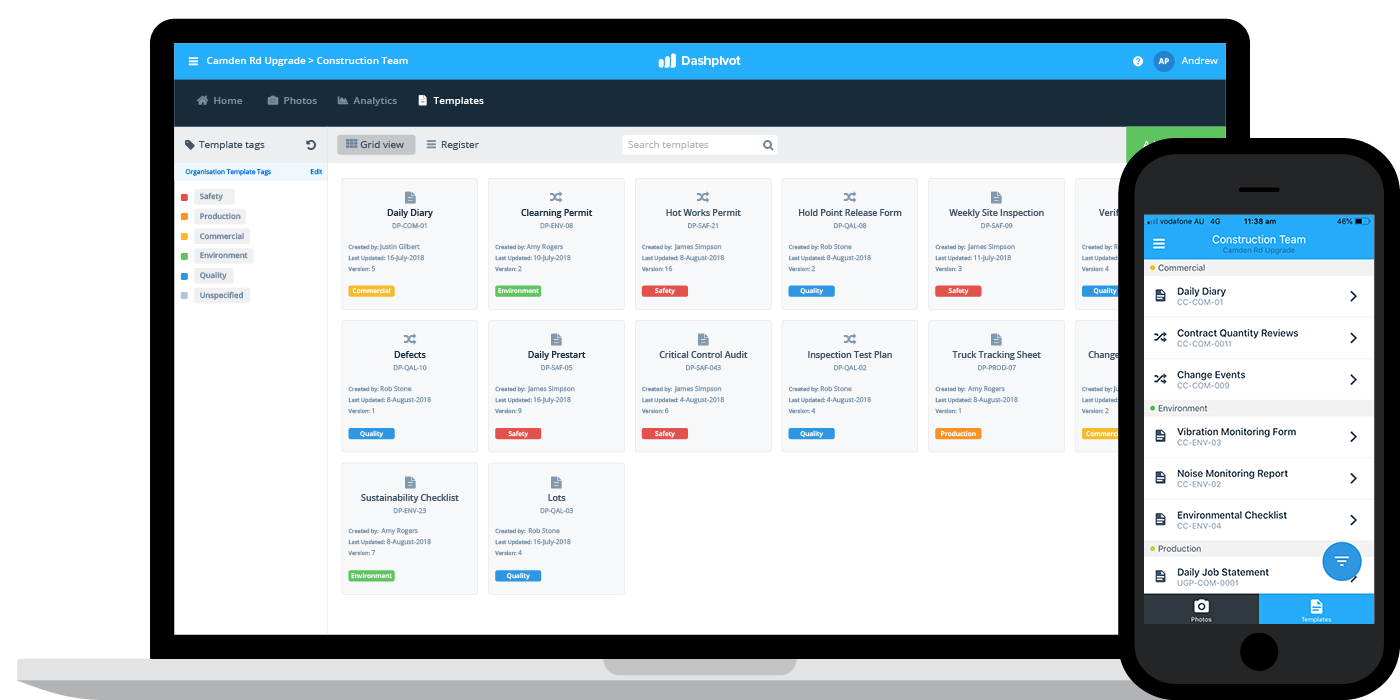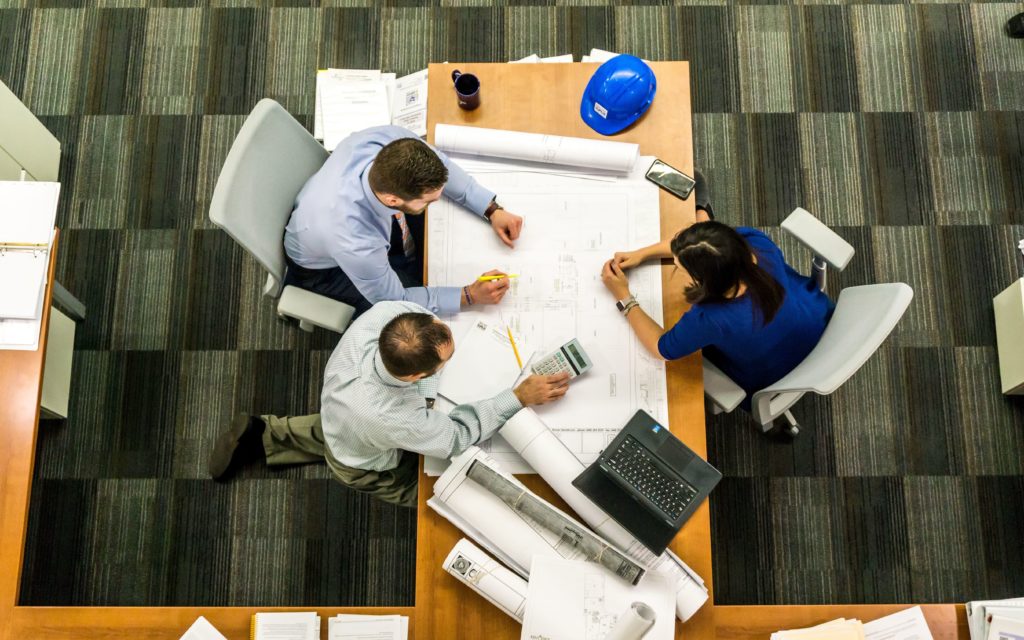Enhancing Process Efficiency: Architect's Expert Strategies for Building Record Management
In the world of building layout and construction, the careful monitoring of records stands as a keystone for project success. These strategies not only ensure smooth project progression but also hold the key to unlocking enhanced productivity and accuracy in the detailed world of building and construction record monitoring.
Trick Record Company Methods
When managing building and construction records, among the crucial methods that architects employ is developing a effective and methodical organization system. This system normally includes categorizing documents based upon their type, such as drawings, requirements, agreements, and permits. By creating distinctive and clear classifications, architects can quickly situate certain information when required, conserving time and reducing mistakes in the building and construction process.
Within each category, designers better organize files by utilizing or producing subfolders numbering systems to represent revisions or versions (construction document management). This hierarchical structure makes sure that one of the most existing and relevant details is conveniently accessible while preserving a document of adjustments made throughout the task timeline
Furthermore, designers commonly make use of digital document management platforms that use features like keyword search functions, version control, and gain access to limitations to boost company and cooperation amongst job stakeholders. These devices enhance the paper access process, promote real-time updates, and help with seamless communication, ultimately adding to the overall success of the construction task.
Collaborative System Assimilation
To maximize paper administration effectiveness in building projects, architects seamlessly incorporate joint platforms to improve communication and simplify control amongst job stakeholders. By leveraging collaborative systems such as task administration software, cloud-based storage systems, and interaction tools, architects can develop a central hub for all project-related documents and interaction networks. These platforms permit staff member to access, testimonial, and work together on documents in real-time, lowering hold-ups and the risk of mistakes connected with traditional record administration methods.
Collaborative platform assimilation also promotes openness and responsibility within the task team, as all stakeholders have exposure right into the newest task updates and revisions. By streamlining interaction and document sharing, designers can make certain that all staff member are functioning from one of the most up-to-date info, decreasing the chances of misconceptions or conflicts emerging due to out-of-date records.
Furthermore, collaborative platforms allow smooth cooperation in between architects, specialists, customers, and various other task stakeholders, promoting a more natural and efficient project workflow. By breaking down interaction obstacles and promoting information exchange, designers can drive efficiency and technology in building and construction tasks, inevitably leading to effective job results.
Version Control Best Practices
Executing effective version control practices is essential for maintaining document precision and uniformity in building jobs. By establishing a clear system for managing revisions, task groups can make sure that visit this page everybody is working from one of the most current paperwork, decreasing the risk of errors and disparities throughout the building phase.
Among the crucial finest practices for variation control is to designate unique identifiers per record variation. This can be achieved by using a numbering system or day stamp that clearly shows the order of modifications. By clearly classifying each version, employee can quickly track the development of the paper and identify one of the most recent variation.

Automation Tools for Efficiency

Paper control software program, like Procore or PlanGrid, centralizes project paperwork, making it quickly obtainable to all stakeholders. These systems permit real-time collaboration, version control, and automated backups, safeguarding against data loss. Additionally, Building Info Modeling (BIM) software application automates the generation of building illustrations and makes sure that modifications are integrated throughout all associated papers.
Incorporating automation devices with cloud storage space options additionally improves availability and safety. By automating the paper administration procedure, job teams can focus their time and effort on value-adding activities, inevitably boosting performance and project end results.
Secure Information Administration Solutions
Successfully managing and guarding job information is critical in the building and construction industry to make certain discretion and stability throughout the task lifecycle. Architectural firms can make use of encrypted cloud storage solutions to firmly store and share task files with accredited personnel.
Additionally, making use of digital legal rights monitoring (DRM) devices adds an additional layer of protection by avoiding the unapproved circulation or replication of project papers. Normal information backups are important to minimize the risk of data loss because of unanticipated conditions like hardware failures or cyber-attacks. Collective systems with integrated protection features enable seamless communication and data sharing amongst job employee while keeping information honesty.
Conclusion
In conclusion, executing essential paper company methods, incorporating joint systems, exercising variation control ideal techniques, making use of automation devices, and taking on safe information monitoring remedies are crucial approaches for boosting operations performance in building and construction record monitoring. These skilled methods can enhance processes, enhance communication, ensure precision, and keep information security throughout the building project lifecycle.
In the try this web-site world of architectural design and building, the meticulous monitoring of documents stands as a his explanation foundation for job success. These approaches not only make sure smooth job progression yet additionally hold the crucial to unlocking boosted efficiency and precision in the intricate world of construction document administration.
To enhance document administration efficiency in building and construction jobs, engineers effortlessly integrate joint platforms to boost communication and simplify sychronisation amongst project stakeholders. These systems allow group members to gain access to, review, and work together on documents in real-time, minimizing delays and the danger of mistakes associated with typical file monitoring methods.
Using automation devices in construction paper management substantially boosts efficiency and enhances procedures for project groups. construction document management.